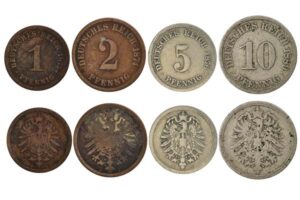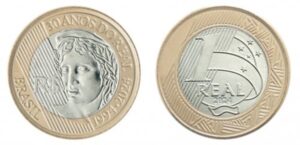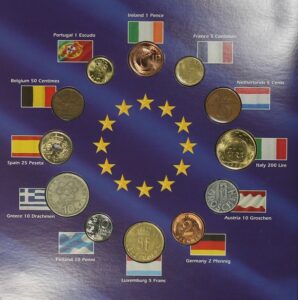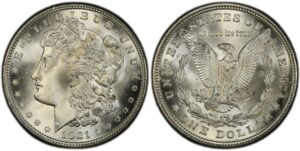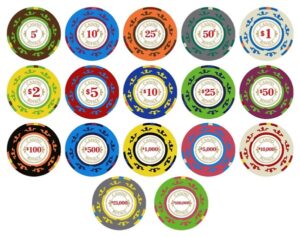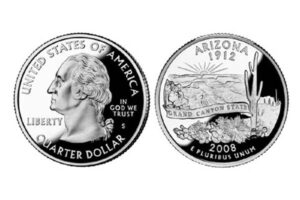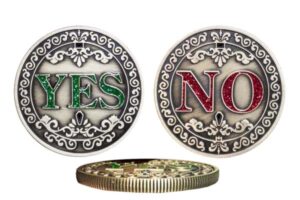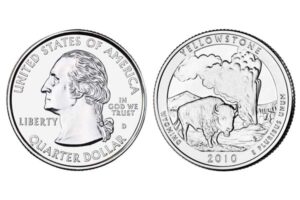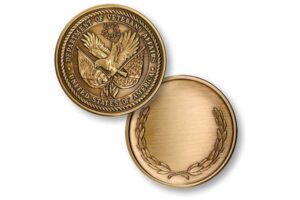
Many people get confused about the Gupta gold coin1. I once felt lost when I first read about it. But there's a simple answer, and it reveals a rich legacy.
The classic gold coin of the Guptas was known as the Dinaras2. It showcased refined craftsmanship. Scholars note the Guptas minted these coins to highlight their power, economic vitality, and reverence for Hindu deities.
I remember my surprise when I stumbled on a rare Gupta gold coin in a collector’s exhibit. That gleaming artifact inspired me to learn more. Let me guide you deeper into their origins and broader numismatic significance.
Who brought gold coins to India?
Historians often trace the first issue of gold coins in India to foreign rulers. I questioned how outsiders influenced local coinage. This section will shed light on their role.
The Indo-Greeks led the introduction of gold coins in India around 2nd century BCE. Scholars say these coins merged Hellenistic and Indian symbols, paving the way for local dynasties to mint their own currency in gold.
The Cultural Fusion
I learned that Indo-Greek coins combined Greek deities with local scripts. This blend showed a cultural exchange between Hellenistic traders and regional powers. This cross-pollination fostered new artistic directions in Indian coin design. I find this especially fascinating, because it highlights how commerce and culture merged.
Key Features in Early Gold Coins
I have seen pictures of early Indo-Greek gold coins3. They often displayed a ruler’s portrait on one side and a deity on the other. The inscriptions were bilingual, using Greek letters and Kharosthi or Brahmi scripts.
| Feature | Description |
|---|---|
| Metal Composition | High-purity gold (often measured in standard tola units) |
| Iconography | Greek gods, local deities, king's bust |
| Script | Greek, Kharosthi, Brahmi |
| Circulation | Limited but symbolically significant |
These features set the foundation for subsequent Indian rulers to adopt gold coinage4, shaping a lasting tradition.
Historical Controversies
I read different theories about the exact timeline when Indo-Greeks introduced gold coins. Some sources argue it was earlier than the 2nd century BCE, possibly during the reign of Euthydemus II. Others place it slightly later, suggesting the shift to gold happened gradually. I find these debates intriguing because they highlight how ancient records can be interpreted in many ways. Scholars also debate whether the coins were meant for large-scale trade or symbolic gifts to allies. I see this as proof that the Indo-Greeks left a deep impact on regional monetary systems.
What are the 8 coins of Samudragupta?
Samudragupta introduced a remarkable range of gold coins. I wanted to know how many types existed and why they mattered. Let’s explore the variety that defined his rule.
Samudragupta’s gold coins5 come in eight distinct types: Standard, Archer, Battle-Axe, Tiger-Slayer, Lyrist, Ashvamedha, King-and-Queen, and Kacha. Each design highlights a specific royal achievement or symbolic element linked to his sovereignty and cultural patronage.
Distinct Imagery in the Coins
I noticed each coin had a unique motif. The Archer coin, for instance, shows Samudragupta holding a bow. The Lyrist coin depicts him playing a stringed instrument, underscoring his artistic leanings.
Focus on Ashvamedha
I find the Ashvamedha coin6 especially intriguing. It commemorates the horse-sacrifice ritual performed by ancient rulers to assert their dominance. Its imagery highlights a horse and ritual symbols, tying religion and political power together.
Significance for Today
Modern numismatists study these designs to understand Samudragupta’s political ambitions and cultural influences. I think they also reveal how rulers used currency to project an image of power and refinement to their subjects.
Artistic Flourish in Samudragupta's Coinage
I have noticed that Samudragupta’s coins highlight more than political might. They also reflect artistic sensibilities. Some experts point out subtle details in the king’s garments, the stylized portrayal of instruments, and even the precise depiction of animals. These elements suggest skilled engravers who valued aesthetics alongside functionality. In my view, this fusion of art and authority makes Samudragupta’s coinage an enduring subject of fascination. I once read an article comparing these designs to small ‘canvas paintings,’ where each motif tells a story. That idea resonated with me, because it shows how currency can also be an art form.
Which is the oldest gold coin in India?
Early Indian coinage began with copper and silver. I wanted to know who first minted gold. The answer points to a significant shift in the subcontinent’s monetary practices.
Kushana rulers, originating from the Yuehchi tribes, issued India’s earliest gold coins. Scholars believe their territory spanned parts of Central Asia and northern India. Their gold currency signaled a robust economy, setting a precedent for later dynasties like the Guptas to follow.
Kushana Influence
I realized the Kushanas fostered long-distance trade with regions like Rome. This interaction boosted demand for gold. Their coins often featured images of Iranian, Indian, and Greek deities, mirroring a culturally diverse empire.
Impact on Monetary Systems
I see their legacy in the widespread acceptance of gold as a standard of exchange. They legitimized gold currency, inspired subsequent dynasties, and expanded the monetary base. This shaped medieval India's economic landscape.
Kushana Rulers and Trade Networks
I discovered that Kushana power hinged on control of strategic trade routes, including segments of the Silk Road. These channels connected India with China, Persia, and the Roman Empire. I believe the Kushanas minted gold coins partly to facilitate commerce along these paths. Travelers, merchants, and diplomats needed a trusted medium of exchange. Some records even mention Kushana envoys visiting Rome and forging economic ties. I am amazed that these coins might have journeyed across vast deserts and mountains. This wide circulation not only boosted the Kushana economy but also spread their cultural imprint far beyond their core domains.
People often ask me about modern coin collecting trends. I see a rise in interest for ancient Indian coin replicas. This fascination spans academic circles and casual hobbyists. New collectors appreciate the tangible link to history, while seasoned numismatists seek rare or unique pieces that expand their collections. I also notice that authenticity and quality remain critical. For that reason, many opt for replicas made with precise metals and detailed engravings. In my discussions with colleagues, we talk about how social media promotes numismatic education. Many collectors form online groups, share images, and exchange insights on historical facts.
I recall attending a coin show where a professor showcased side-by-side comparisons of original Gupta coins and modern replicas. The detail on the replicas surprised me. These near-exact copies help students handle historical designs without risking damage to genuine artifacts. I think this accessibility fosters curiosity about India's monetary past. It also encourages interactive learning. Some collectors prefer newly minted commemorative sets, which often feature special packaging and certificates of authenticity. Others buy single pieces to mark personal milestones or celebrate historical anniversaries. Regardless of the reason, interest in ancient coinage remains strong and continues to grow.
Why consider modern minted replicas for educational or collecting pursuits?
I often think about how modern replicas can help enthusiasts and students. My factory, INIMAKER, is based in China. We have four active production lines, and we focus on medals, badges, commemorative coins, and challenge coins. We export to the United States, Russia, France, the United Kingdom, and many other European and American markets. We mainly sell to corporate buyers, museums, travel companies, sporting goods distributors, and coin dealers.
I handle wholesale orders only, because I believe in delivering consistent quality at scale. Our team specializes in deep customization, so each piece matches your exact specifications. We show our offerings at exhibitions, on Alibaba, and through our independent website. My name is Joshua White, and I welcome inquiries at info@inimaker.com or via www.inimaker.com. Modern gold or silver-plated coins are perfect for classroom demonstrations, numismatic clubs, or personal collecting. I enjoy helping others recreate historical designs with a contemporary twist.
Заключение
Gold coins offer a window into India’s evolving political, economic, and cultural identity. From Indo-Greeks to Guptas and Kushanas, each dynasty left a mark. I hope this discussion sparks curiosity, leading you toward deeper exploration of ancient coin heritage.
-
Exploring the Gupta gold coin's history reveals the rich cultural and economic legacy of the Gupta Empire, offering insights into ancient Indian craftsmanship and power. ↩
-
Understanding the Dinaras provides a window into the Gupta Empire's economic vitality, craftsmanship, and religious reverence, showcasing a pivotal aspect of ancient Indian history. ↩
-
Investigating Indo-Greek gold coins uncovers the fusion of Hellenistic and Indian cultures, highlighting the origins of gold coinage in India and its impact on subsequent dynasties. ↩
-
Explore how gold coinage shaped ancient economies and cultural traditions, offering insights into the evolution of monetary systems. ↩
-
Discover the artistic and political significance behind Samudragupta’s coin designs, revealing his cultural and royal achievements. ↩
-
Learn about the ritual and political symbolism of the Ashvamedha coin, connecting religion and power in ancient India. ↩

